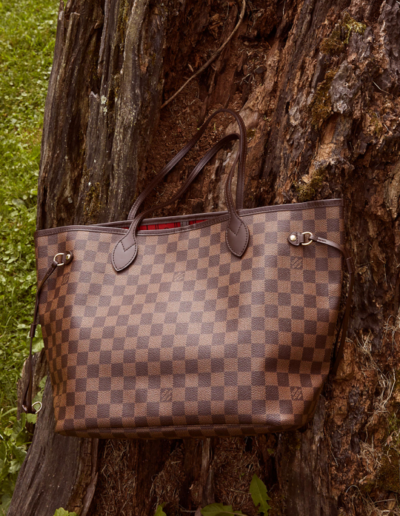DESIGNER 101
Cartier 101:
A History
By The Rebag Team, Jul. 5, 2023
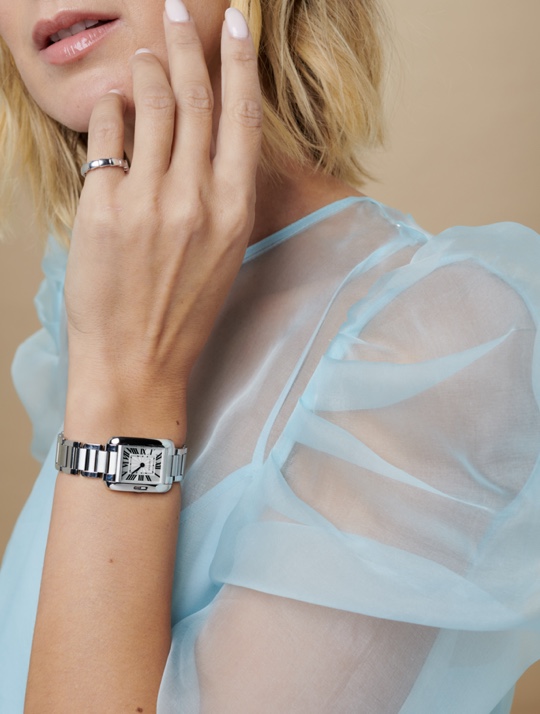
MASTERS AT JEWELRY, CARTIER
reigns supreme as a symbol of coveted luxury and timeless craftsmanship. Uncover the history behind the iconic French maison and its sought-after styles.
Cartier’s Beginnings
Established in 1847, the Maison de Cartier embarked on its journey as a result of the enterprising spirit of apprentice Louis-Francoise Cartier. Then twenty-eight, he seized the reins of a jewelry workshop and store, bequeathed by a master craftsman. The Parisian establishment served as Cartier’s canvas for an extraordinary transformation, aspiring to transcend its humble origins and become a distinguished purveyor of exquisite timepieces and unrivaled jewelry creations.
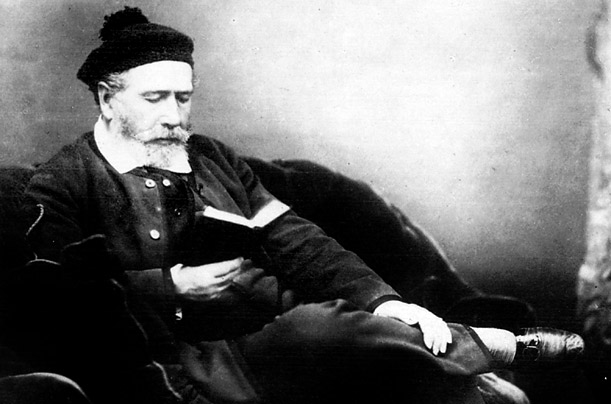
Louis-Francoise Cartier, Source Unknown
“Jeweler of Kings and King of Jewelers”
–King Edward VII
Pursuing Growth
After assuming control in 1847, Louis-Francoise deftly elevated the shop he had acquired, skillfully leveraging the profits from jewelry trade to finance acquisitions of increasingly significant pieces. Yet, despite his diligent efforts, growth during the ensuing two decades remained rather modest.
A significant turning point followed in 1874, as Louis-Francoise’s only son, Alfred, assumed leadership, ushering the Maison de Cartier into a new era. Alfred boldly incorporated platinum into jewelry making, endowing the label’s designs with unwavering durability. Guiding the company through formidable trials, Alfred’s astuteness proved vital in preserving its vitality, facilitated in part by a fortuitous arranged marriage that infused the company with a much-needed influx of money.
Alfred’s marriage produced three sons: Louis, Pierre, and Jacques. The three brothers would join their strengths and establish Cartier as a world-renowned company.
The Cartier Brothers: Louis, Pierre, and Jacques

The Cartier Brother and their father, 1922, Source Unknown
Louis Cartier
Louis Cartier, the creator of the group, assumed the mantle of responsibility for a groundbreaking invention — the wristwatch. In an era where pocket watches were the conventional choice for men, he revolutionized timekeeping with two iconic pieces: the Santos and the Tank. The Santos Dumont wristwatch debuted to the public in 1911, swiftly followed by Louis’ design masterpiece, the Cartier Tank watch, in 1917. Both the Santos and the Tank watches are still in production today.

Alberto Santos-Dumont and the first Santos watch, Source Unknown
Pierre Cartier
Pierre Cartier, the family’s business-minded member who took over running the company’s New York branch, acquired the renowned Cartier Mansion in New York for the price of a double-strand of pearls. The mansion, located at 653 Fifth Avenue, was previously owned by Mr. and Mrs. Morton F. Plant. Mrs. Plant had fallen in love with a valuable pearl necklace exhibited by Cartier, while Mr. Plant desired to sell the mansion. Pierre proposed a deal: the estate in exchange for the pearls and an additional $100. Morton agreed, making history. The Fifth Avenue mansion remains an unchanged landmark, symbolizing Cartier’s enduring legacy.
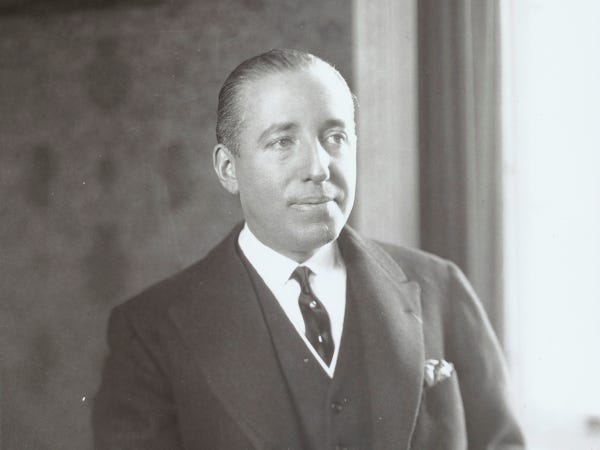
Pierre Cartier, Source Unknown
Jacques Cartier
Jacques Cartier oversaw the London office, swiftly obtaining a Royal Warrant to supply jewelry to King Edward VII and his court. He traveled abroad, sourcing exceptional gemstones from the Persian Gulf and acquiring magnificent jewelry in India. The Cartier brothers’ commitment to creativity, rather than replication, fueled their success and enabled them to survive the Great Depression. They focused on the Far East market and expanded globally post-war. Renowned for their unrivaled quality and reliability, Cartier jewels and watches became highly sought-after across the world.
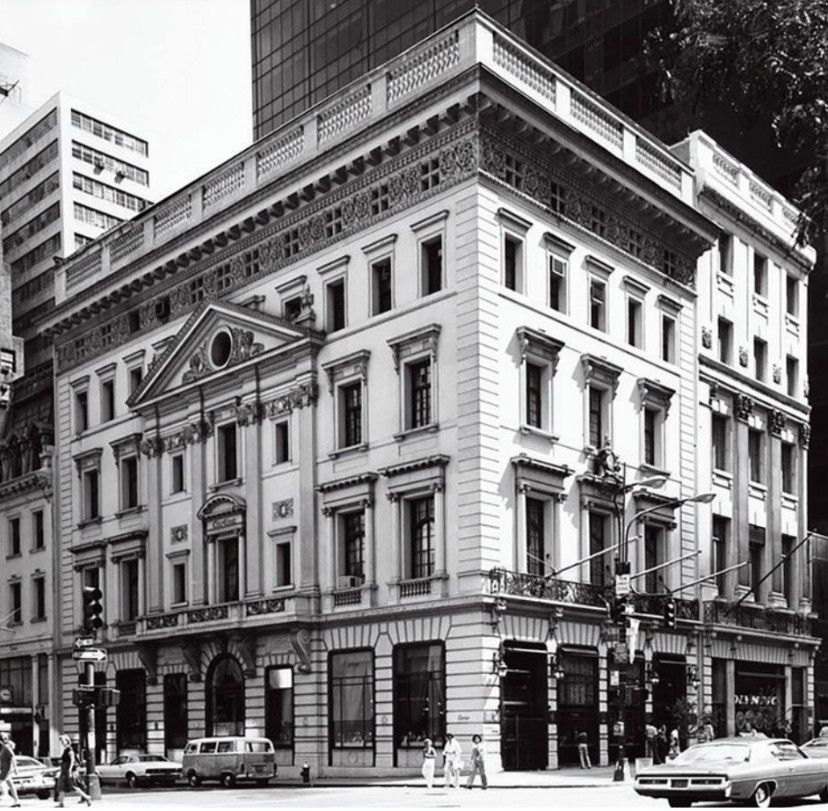
The Cartier Mansion, Source Unknown
The Cartier Family: End Of An Era
1942 saw both Louis and Jacques pass away within months of each other. Consequently, Pierre shouldered the responsibility of leading the business on his own. Despite this loss, the company maintained its family ownership, with the children of the three brothers taking charge of the Paris, London, and New York branches. However, upon Pierre’s death in 1964, the family made the difficult decision to sell Cartier Paris, London, and New York, marking the end of an era.
In 1972, Robert Hocq, the owner of Silver Match lighter, joined forces with a group of investors led by financier Joseph Kanoui to acquire Cartier Paris. Subsequently, they proceeded to secure Cartier London. The branches were ultimately reunited in 1974 with the final acquisition of Cartier New York, bringing all the prestigious establishments under unified ownership.
Cartier’s Famous Designs
Cartier’s humble beginnings have led to over a hundred years of iconic designs. Here are some of Cartier’s most powerful pieces that maintain timeless appeal…
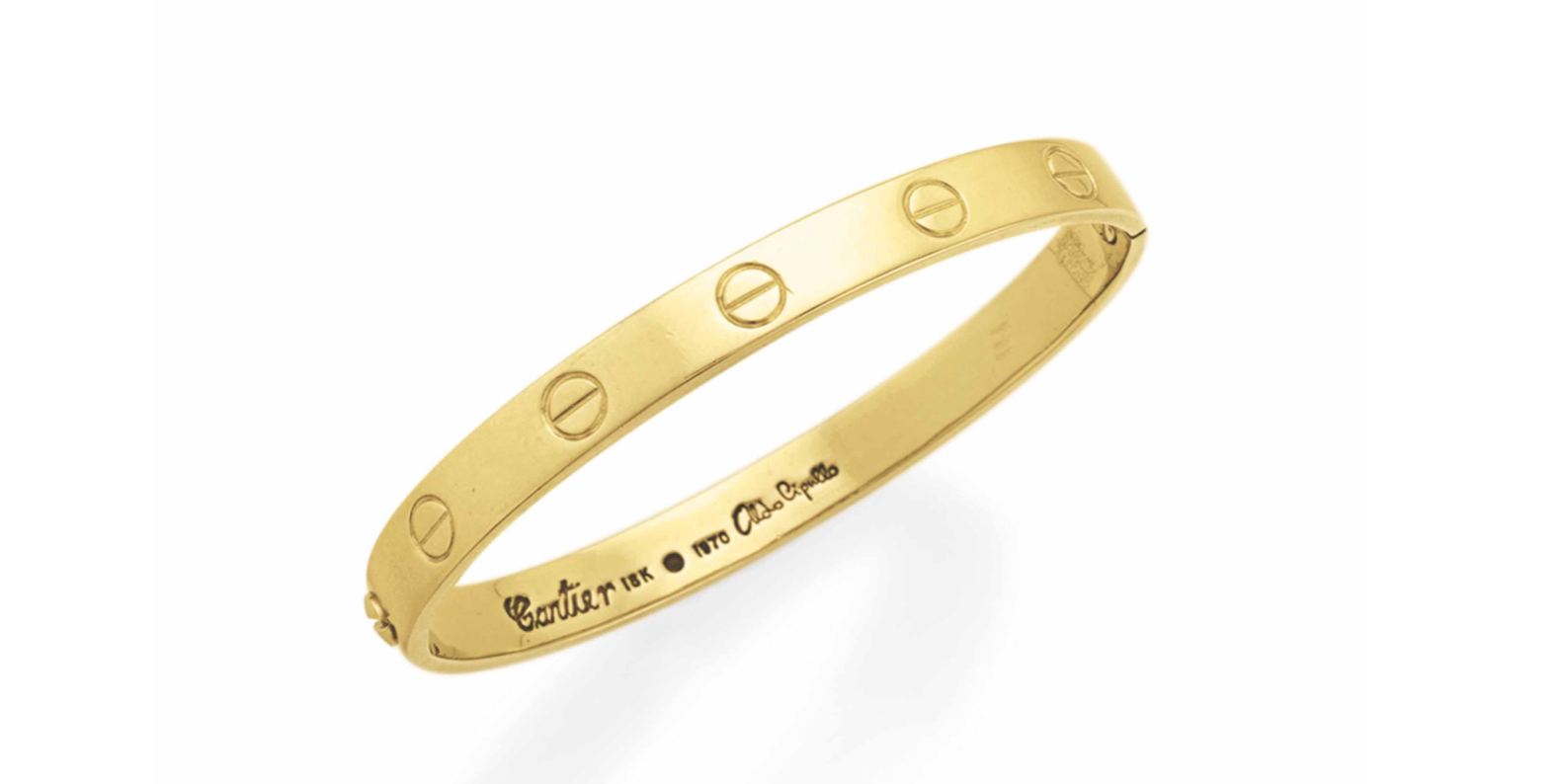
The Cartier Love Bracelet, Courtesy of Christie’s
Cartier Love
In 1969, Aldo Cipullo, an Italian-born American jewelry designer, joined Cartier New York and created the iconic Love bangle. This distinctive piece, shaped as an oval, closely embraces the wrist of a loved one. Cartier gifted this design to 25 renowned couples, including the Duke and Duchess of Windsor, Elizabeth Taylor and Richard Burton, Ali MacGraw and Steve McQueen, and Sophia Loren and Carlo Ponti. This helped cement the collection as a symbol of love, commitment and devotion.
Cartier Love is one of the most iconic and sought-after collections. The line’s design was inspired by the medieval practice of exchanging iron chastity belts as a show of fidelity between two lovers. The line’s unique screw motif is an indication of the unbreakable bond between two people, with the Cartier screwdriver, usually included with all bracelets, serving as a metaphor for unlocking the heart. The Love collection is a timeless and romantic expression of enduring love, and its exquisite design has made it a coveted classic.
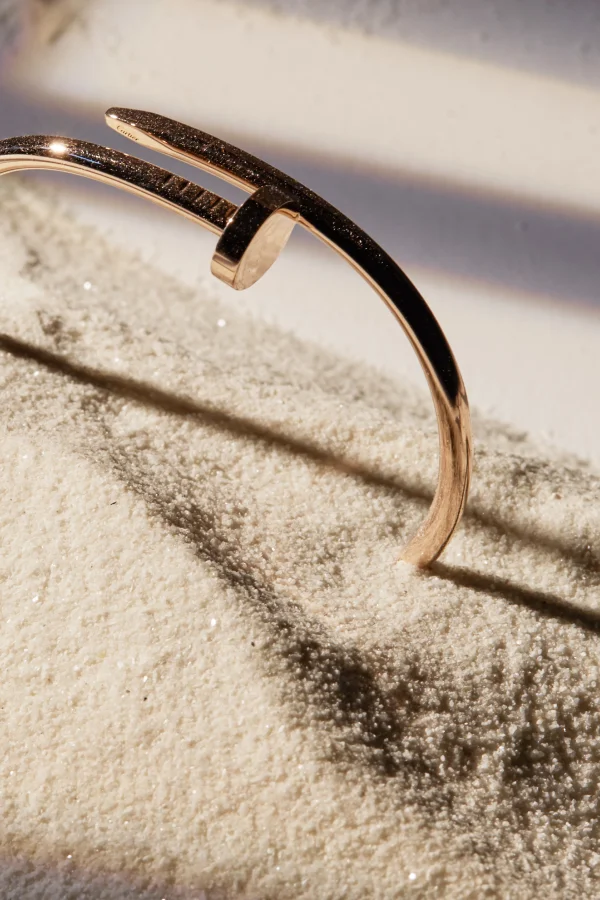
The Juste un Clou bracelet
Cartier Juste un Clou
In 1970, Aldo Cipullo also created a stunning, bold bracelet resembling a curved nail. It quickly became a symbol of sophistication and individuality. In 2012, Cartier introduced new designs to the Juste un Clou line, including thicker bracelets and wrap-around diamond rings. Juste un Clou exemplifies Cartier’s innovative approach to jewelry-making with meticulously crafted pieces that accentuate simple shapes and forms, achieving a perfect balance between minimalist aesthetics and modern sophistication, reimagining traditional jewelry with a modern and daring edge.
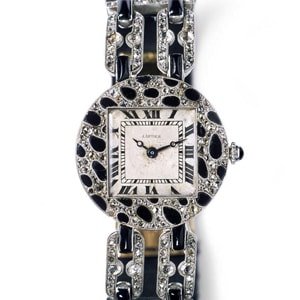
Cartier Panther Watch, 1914, Courtesy of TrueFacet
Panthère de Cartier
Featuring a stylized panther motif, the Cartier Panthère collection, first introduced in 1983, is known for its sleek, geometric designs and the use of precious metals and gemstones. The imposing panther has been a symbol of the Cartier brand since the 1920s, but it was the Panthère collection that cemented the feline figure’s place as an enduring icon. It owes its origins to Jeanne Toussaint, a Parisian fashion icon and Louis Cartier’s romantic partner. Known as “La Panthère”. She later became the Head of Creation at Cartier and designed the motif, crafted from yellow gold and black enamel. Influenced by Toussaint, Louis incorporated the majestic feline into various designs, giving birth to Cartier’s enduring panther theme.
With its iconic design and opulent essence, the Cartier Panthère collection has been embraced by a host of famous personalities including Elizabeth Taylor, Princess Diana, and Angelina Jolie.
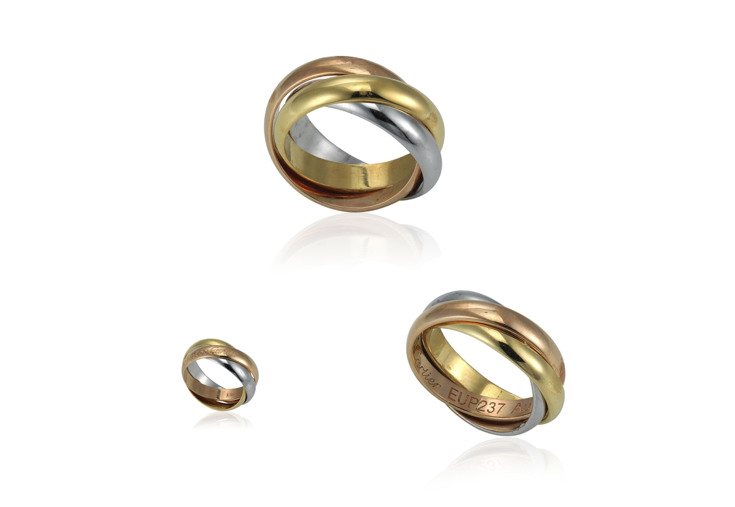
Cartier Trinity Collection, Courtesy of Christie’s
Cartier Trinity
In 1924, Jean Cocteau commissioned Louis Cartier to create the Trinity ring and bracelet, featuring three intertwined gold bands. This unique design represents three distinct yet interconnected elements — love, fidelity, and friendship — that are essential for any meaningful relationship. The Trinity collection was first introduced in 1924, and its exquisite design and symbolism have made it one of Cartier’s most beloved and sought-after collections, transcending the boundaries of time and fashion to become a timeless classic in the world of luxury jewelry.
Trinity pieces, despite their elegant simplicity, are a remarkable technical achievement. Even after nearly a century, this design remains one of Cartier’s most cherished and acclaimed jewelry creations.
For more information regarding Cartier jewelry creations, click here.



